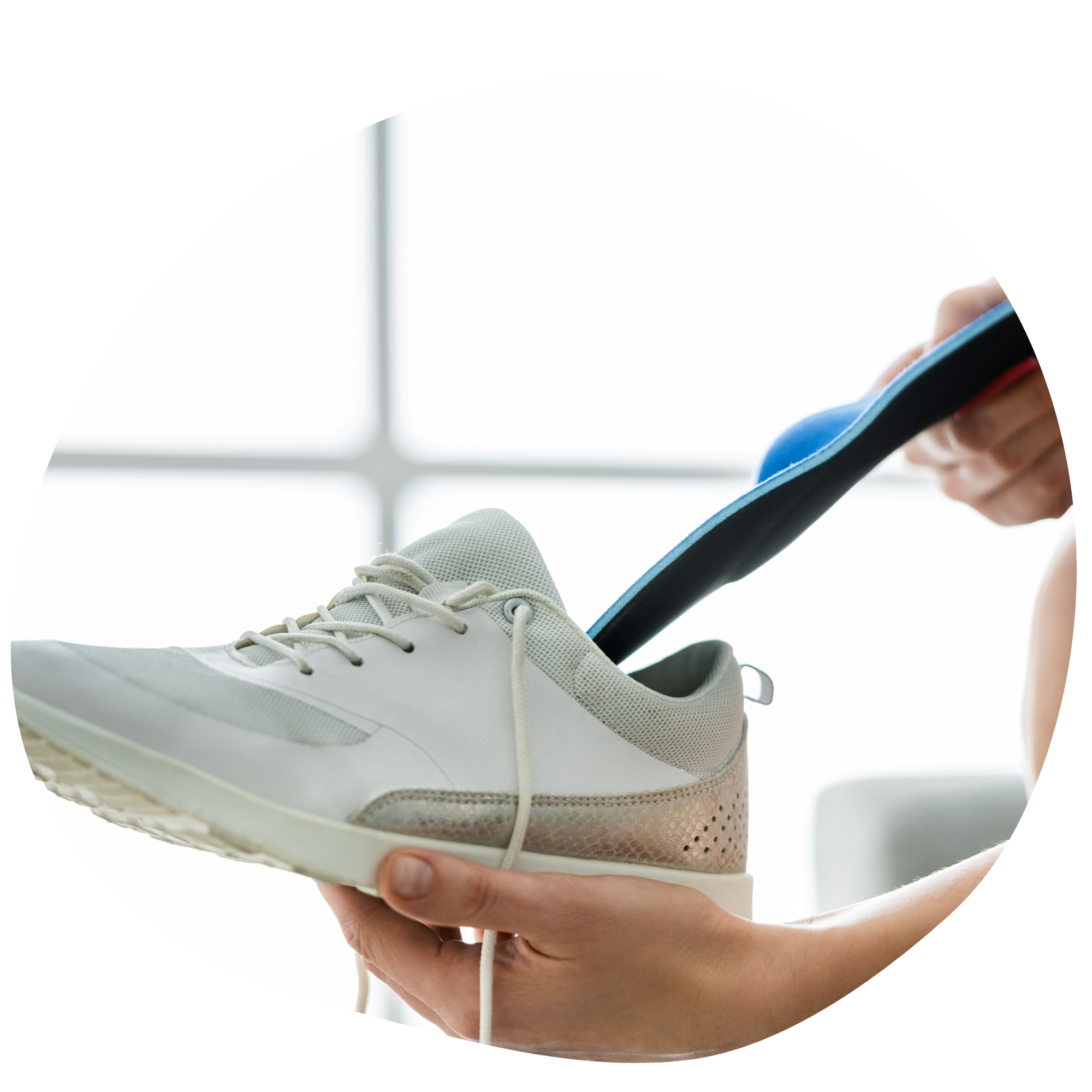Plantar Heel Pain and Plantar Fasciopathy
Plantar heel pain is a common foot condition that affects many people. It can be caused by a variety of factors and can significantly impact a person's quality of life.
Below is some information about this condition and how our podiatrist at Glide Podiatry can help you.
Before we begin
While plantar fasciitis and heel spurs are commonly diagnosed causes of plantar heel pain, they may not always reflect the true nature of the condition.
Plantar fasciitis traditionally refers to inflammation of the plantar fascia. However, current research suggests that inflammation may not be the primary cause. Therefore, Riel et al. propose using terms like plantar fasciopathy or plantar heel pain.
This distinction is crucial because plantar fasciitis is often associated with inflammation, leading to initial treatments such as rest, ice, and anti-inflammatory medications.
Aggressively rolling or massaging the soles of your feet in attempts to break up scar tissue or adhesions is not recommended, as the dense, fibrous nature of the plantar fascia cannot be altered by manual techniques.
While rolling your feet on a frozen water bottle or a ball may provide relief, it should complement rather than overshadow the main goals of rehabilitation.
There is a common belief that heel pain is caused by a heel spur. However, research by Hansel et al. has shown that the presence of a heel spur does not necessarily correlate with the development or prognosis of symptoms, as many individuals with heel spurs do not experience pain.
Symptoms of plantar heel pain
The most common symptom of plantar heel pain is:
Pain in the bottom of the heel, which is often worse:
First step in the morning
After long periods of standing or walking
Standing up after resting
Stiffness, swelling, and difficulty walking or running.
A physical examination by our podiatrist can help identify painful areas, to aid us in formulating an effective treatment plan.
Why did I get it?
Plantar fasciopathy can affect individuals of all ages, and several common causes and risk factors include:
Low levels of physical activity
Abrupt increase in physical activity levels or intensity
Insufficient rest periods after physical activity
Life changes (including psychosocial factors)
Age and weight factors
Prolonged standing or activities involving extensive time on your feet (e.g., certain occupations, physical activities, and hobbies)
Structural deficits in surrounding tissues such as muscles, tendons, and ligaments of the feet, contributing to pain
Wearing inappropriate footwear
Each of these factors can contribute differently to plantar fasciopathy. It's essential for our podiatrists to take the time to understand your individual circumstances through a comprehensive assessment, enabling us to develop an effective treatment plan tailored to your needs.
How is it diagnosed?
Physical examination by our Podiatrists:
Assessment of your feet
Analysis of your gait
Evaluation of joint range of motion
Functional activity assessment to evaluate muscle groups
Additional tests may be recommended by your podiatrist, such as X-rays and ultrasounds, to rule out other conditions such as nerve entrapment, stress fractures, or ligament injuries.
What is the treatment?
Most people will follow the usual procedure of resting, icing, and massaging the area prior to seeking medical help.
Some of the treatments available in podiatry include.
Footwear advice and modification (in-shoe padding)
Taping
Strengthening and condition program, along with modifying activities.
Custom orthotics
Dry needling
Manual therapy (massage)
Foot and ankle mobilisation
Other conservative treatments which will be available in the future at Glide Podiatry
Shockwave therapy
If conservative care fails, we can consider more invasive measures such as
Ultrasound guided cortisone injection
Differential Diagnosis
Plantar Fascia Tear (complete / partial)
Plantar Fibroma
Nerve entrapment
Concluding statement
Plantar heel pain is a common foot condition that can significantly impact your quality of life. By understanding the causes, symptoms, and having a podiatrist assess you thoroughly, we can create an effective treatment plan to guide you every step of the way to quickly get you back into what you love doing most.
Visit our Hendra clinic today if you are experiencing plantar heel pain.
Make an appointment with Philip below.
Servicing the residents of Brisbane
Hendra, Ascot, Hamilton, Clayfield, Albion, Nundah, Clayfield, Eagle Farm, Northgate, Wavell Heights, Kedron, Gordon Park, Lutwyche, Windsor, Newstead, Stafford, Grange, Kelvin Grove
Key Words: Plantar Heel Pain, Plantar Fasciitis, Plantar Fasciopathy, Heel Spur





